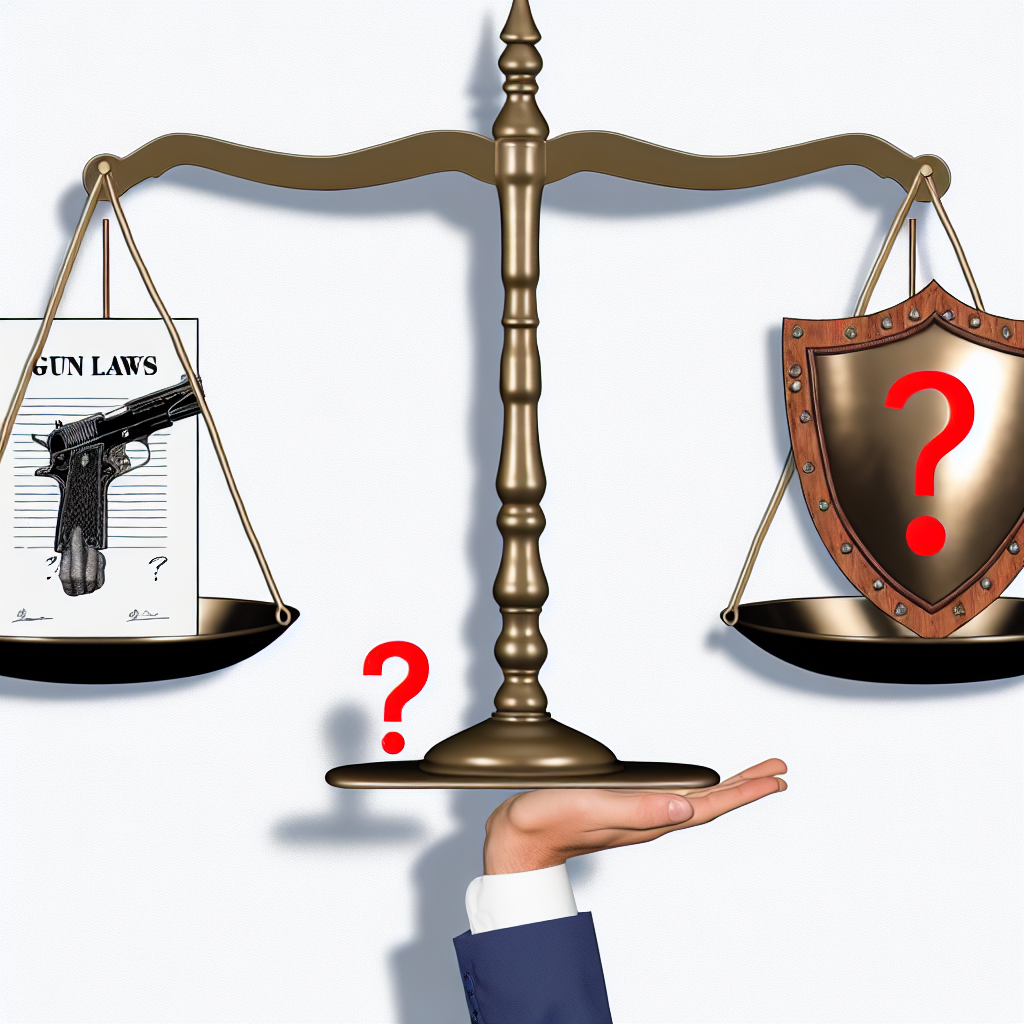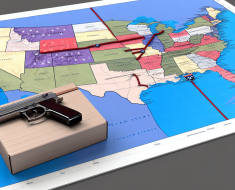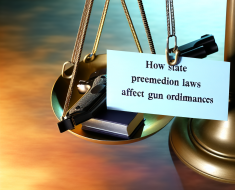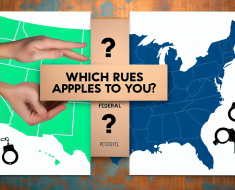Gun Laws and Self-Defense Rights: What’s Legal?

The debate surrounding gun laws and self-defense rights is one of the most contentious and complex issues in many countries, particularly in the United States. Balancing an individual’s right to protect themselves with public safety concerns requires a nuanced understanding of legal frameworks, cultural contexts, and real-world implications. This article explores the legal landscape of gun ownership and self-defense rights, providing clarity on what is permissible under the law and what remains contentious.
Understanding Gun Laws: A Patchwork of Regulations
Gun laws vary significantly across jurisdictions, reflecting differing societal values, historical contexts, and political climates. In the U.S., federal, state, and local governments each have roles in regulating firearms, creating a complex patchwork of rules that can be confusing for gun owners and non-owners alike.
At the federal level, key legislation includes:
- The National Firearms Act (NFA) of 1934: Regulates certain types of firearms such as machine guns and short-barreled rifles.
- The Gun Control Act (GCA) of 1968: Sets minimum standards for firearm sales and prohibits certain individuals (e.g., felons) from owning guns.
- The Brady Handgun Violence Prevention Act (1993): Established background checks for firearm purchases from licensed dealers.
However, states have significant leeway to enact their own laws regarding:
- Permitting processes for carrying firearms openly or concealed
- Restrictions on types of firearms or magazines
- Waiting periods and age requirements
- Rules on where guns can be carried (e.g., schools, bars)
This variance means that gun legality can change drastically when crossing state lines. For example, while open carry may be allowed without a permit in some states like Arizona, it is heavily restricted or banned in others like California.
Self-Defense Rights: The Legal Principles Behind Using Firearms
The right to self-defense is a fundamental principle embedded within many legal systems worldwide. However, how this right applies to firearm use varies depending on jurisdiction-specific doctrines such as “stand your ground” laws or “duty to retreat.”
Key legal concepts related to self-defense include:
- Reasonable belief: The defender must reasonably believe they are in imminent danger of death or serious bodily harm.
- Proportionality: The force used in defense must be proportional to the threat faced.
- No excessive force: Using more force than necessary can lead to criminal charges or civil liability.
Stand Your Ground vs. Duty to Retreat:
“Stand your ground” laws allow individuals to use deadly force without retreating if they feel threatened. These laws exist in over half of U.S. states and often remove any obligation to try to avoid confrontation before using force. Conversely, “duty to retreat” requires a person to try to safely escape before resorting to deadly force if possible.
An example highlighting these differences is the controversial case of George Zimmerman in Florida (a “stand your ground” state), who was acquitted after fatally shooting Trayvon Martin due to claiming self-defense under these laws.
What’s Legal When It Comes to Using Guns for Self-Defense?
The legality of using a firearm for self-defense hinges on multiple factors including location, type of threat, and actions taken by both parties involved. Here are general principles that guide lawful use:
- You must be lawfully present at the location: Using a gun in self-defense while trespassing or committing another crime can invalidate your claim.
- The threat must be immediate: Preemptive or retaliatory use of force is typically illegal.
- You cannot use deadly force solely to protect property: Most jurisdictions restrict deadly force strictly to threats against personal safety rather than possessions.
- You must report the incident promptly: Failing to notify law enforcement after using a firearm can raise suspicion and legal complications.
A notable example is the Castle Doctrine, which allows individuals to defend their home with reasonable force without a duty to retreat. Many states extend this principle beyond homes into vehicles or workplaces under specific conditions.
The Impact of Gun Laws on Crime Rates and Public Safety
A critical part of this discussion involves analyzing how gun ownership rights affect crime rates and overall safety. Studies offer mixed results depending on methodology and regional factors.
- A study by Johns Hopkins University (2019): Found that states with more permissive gun laws had higher rates of firearm-related deaths including homicides and suicides.
- The CDC reports over 45,000 firearm-related deaths annually in the U.S. (2020 data),: underscoring ongoing concerns about gun violence despite widespread ownership rights.
- A RAND Corporation review (2018): Concluded that evidence was inconclusive regarding whether “right-to-carry” laws reduce crime rates but suggested potential increases in violent crime where such laws exist without strict regulations.
</ul







